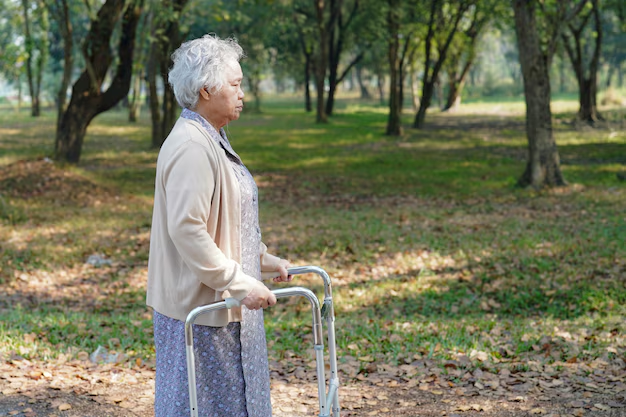Understanding Osteoporosis: What You Need to Know
Osteoporosis is a term that many might have heard but few fully comprehend. Imagine for a moment your bones being as fragile as a porcelain vase. This imagery conveys the crux of osteoporosis, a condition where bones become brittle and susceptible to fractures. It sneaks up quietly, often showing no symptoms until a sudden fall leads to a fracture, commonly occurring in the hip, spine, or wrist. Sadly, this condition is prevalent among the elderly, particularly affecting women over the age of 50.
What Causes Osteoporosis?
The journey toward weakened bones is largely influenced by a decrease in bone density. Bone health declines gradually with age as the body’s ability to regenerate bone tissue diminishes. Several factors can contribute to this deterioration:
- Hormonal Changes: A decrease in estrogen during menopause is a significant risk factor for women.
- Dietary Factors: Calcium and vitamin D deficiencies contribute to weakened bones.
- Lifestyle Choices: Sedentary behavior, smoking, and excessive alcohol consumption can accelerate bone loss.
Recognizing the Warning Signs
While osteoporosis is often dubbed the "silent disease," attentive observation can unveil subtle signs:
- Receding gums and weakened grip strength might signal bone density loss.
- Back pain, caused by a fractured or collapsed vertebra, could indicate advanced stages.
- Loss of height over time or the appearance of a hunched posture are strong indicators.
Managing and Preventing Osteoporosis
Early diagnosis can be life-changing. Bone-density tests are pivotal in assessing the risk of fractures and taking proactive measures. What can one do to fortify bones and perhaps prevent this skeletal decline?
Dietary Improvements: Consuming calcium-rich foods like dairy, leafy greens, and fortified products is crucial. Vitamin D, obtained through sunlight and dietary supplements, enhances calcium absorption.
Exercise Regimens: Weight-bearing exercises, such as walking or gentle weight training, bolster bone strength.
Medical Interventions: For those diagnosed, medications like bisphosphonates can help preserve bone mass.
Broader Implications and Financial Aids
Living with osteoporosis can incur significant medical expenses. Herein lies the importance of exploring various forms of financial support:
Government Aid Programs: Medicare and Medicaid often provide coverage for osteoporosis screening and treatment.
Insurance Coverage: Many health insurance plans cater to osteoporosis management, including medicines and bone-density tests.
For those finding themselves managing numerous healthcare bills, debt relief options and credit solutions may offer some respite. Budget-friendly living accommodations or specialized housing grants ensure that the elderly can continue living life to the fullest without enduring financial stress. Furthermore, continuous education and an active lifestyle can alleviate some of the burdens associated with osteoporosis.
Additional Resources 📚💡
Whether seeking medical advice, financial aid, or simply more knowledge, consider these valuable tools:
- 🏥 Medicare/Medicaid: Check your eligibility for government healthcare assistance.
- 💳 Credit Solutions: Investigate low-interest loans for medical expenses.
- ⁉️ Debt Relief Programs: Seek advice from national debt relief agencies.
- 🎓 Educational Grants: Look into community colleges offering health-related courses on managing osteoporosis.
- 🏡 Housing Assistance: Explore federal programs for elder care funding.
Navigating the world with osteoporosis can feel daunting. However, understanding the condition not only equips individuals with the power to manage it but opens doors to the financial and educational resources necessary for navigating life’s later years with confidence and ease.

Related Topics
- a Nurse Is Caring For a Client Who Has Osteoporosis.
- a Percutaneous Is Performed To Treat Osteoporosis Related Compression Fractures
- Can Alcohol Cause Osteoporosis
- Can I Do Pilates If I Have Osteoporosis
- Can I Reverse Osteoporosis
- Can Men Get Osteoporosis
- Can Osteoporosis Affect Teeth
- Can Osteoporosis Be Cured
- Can Osteoporosis Be Painful
- Can Osteoporosis Be Reversed